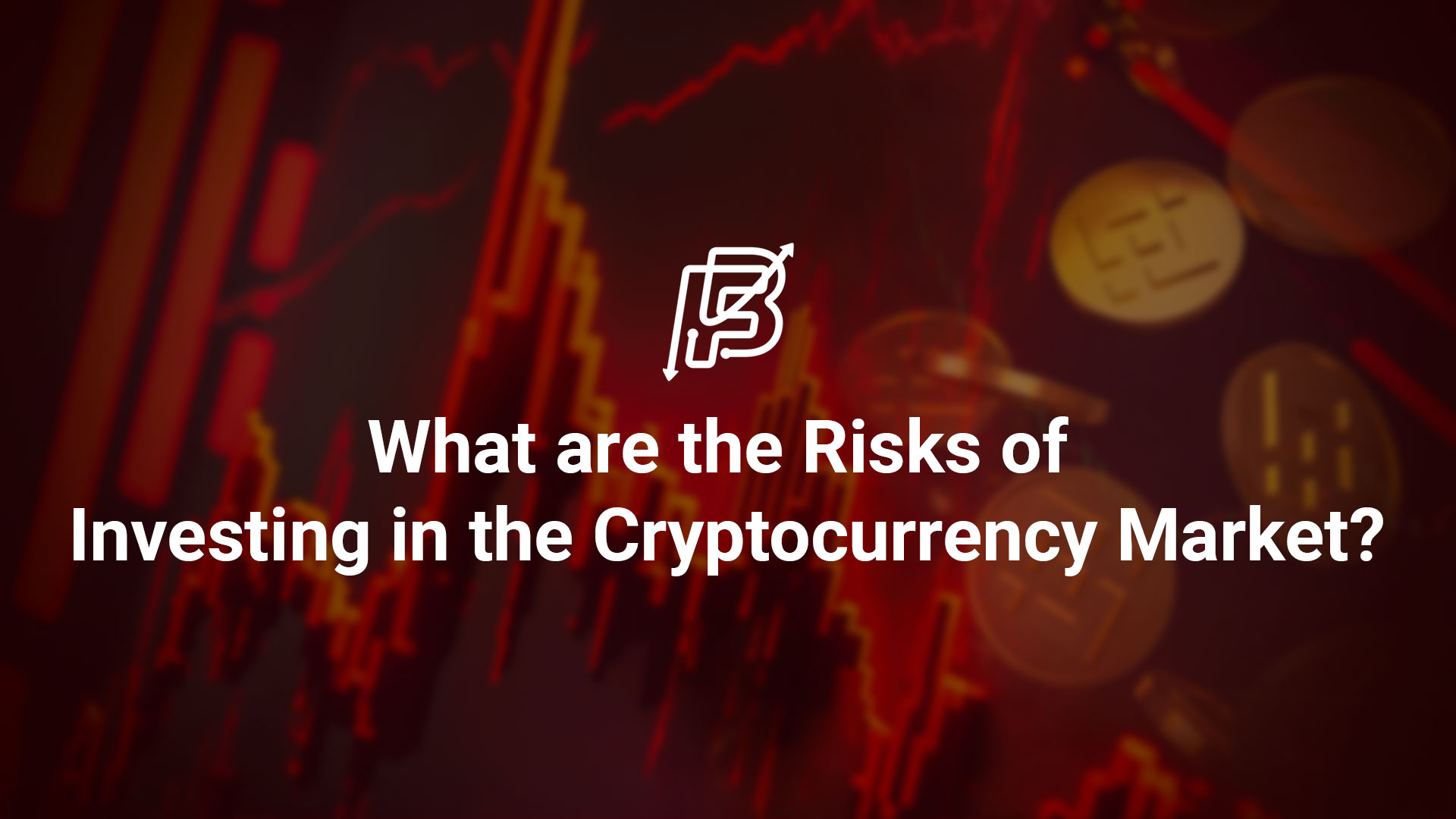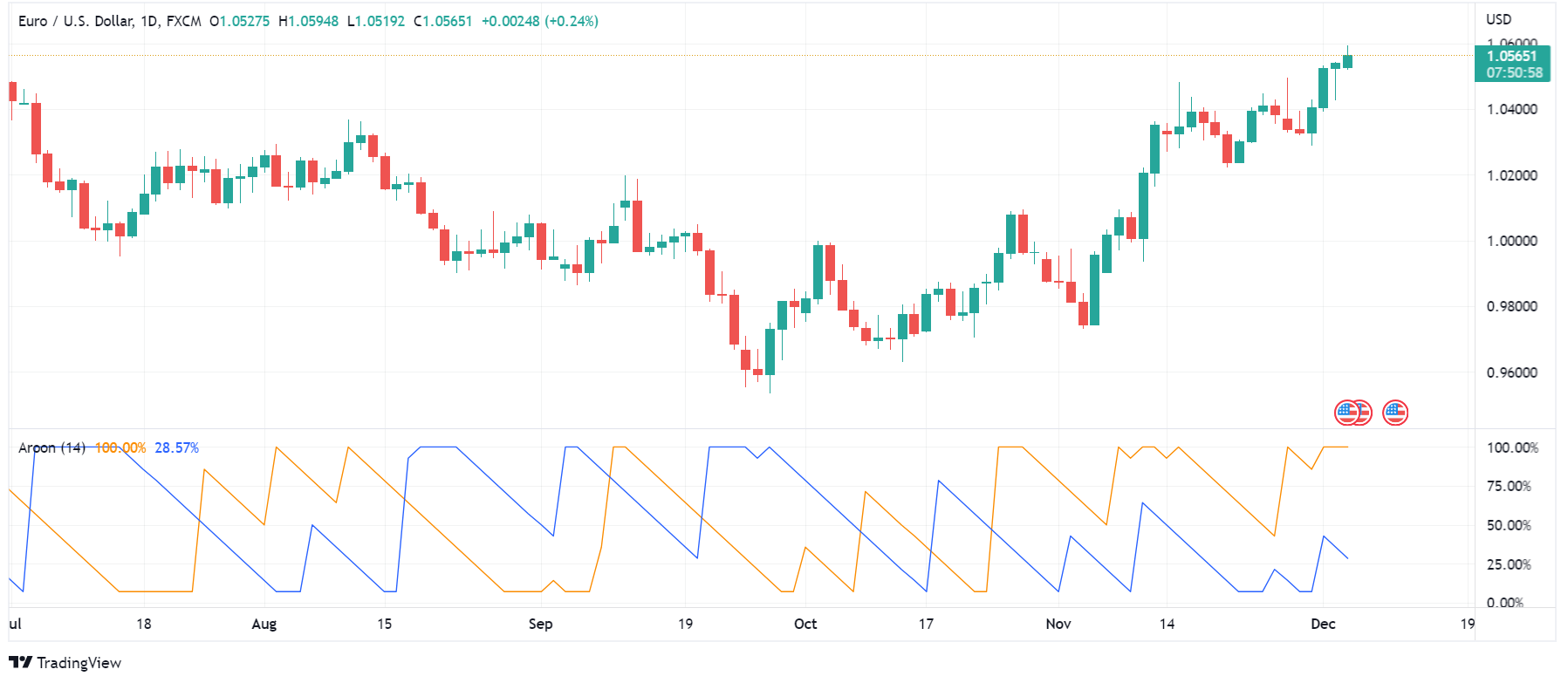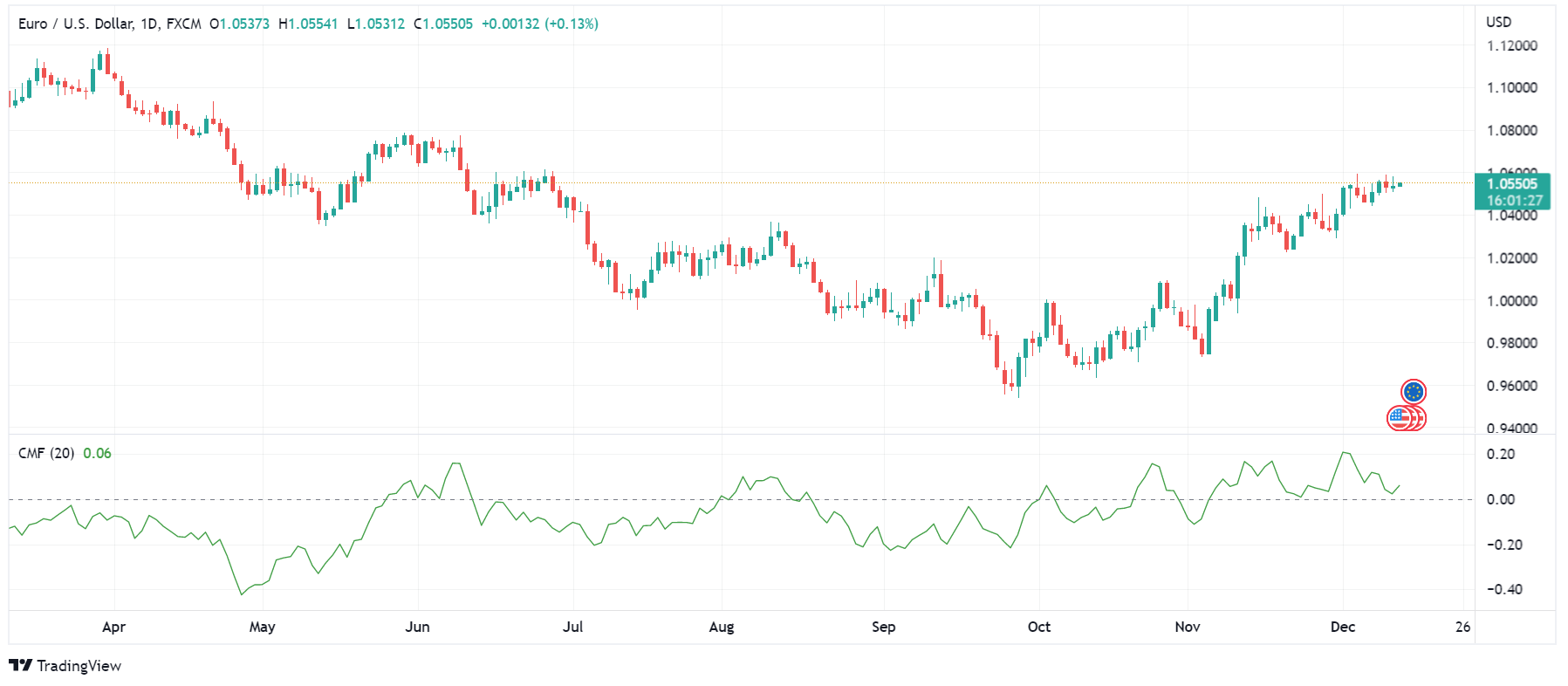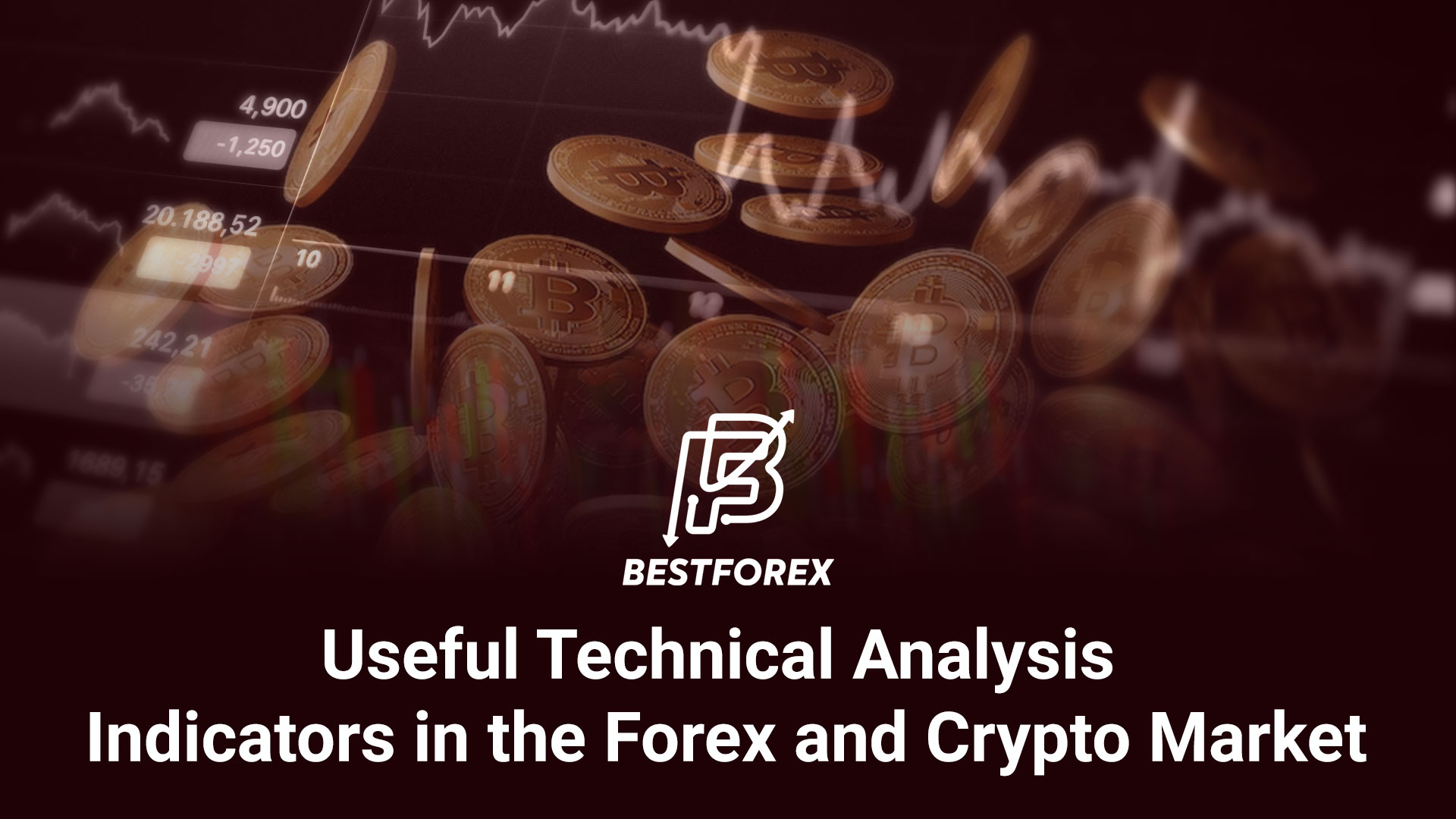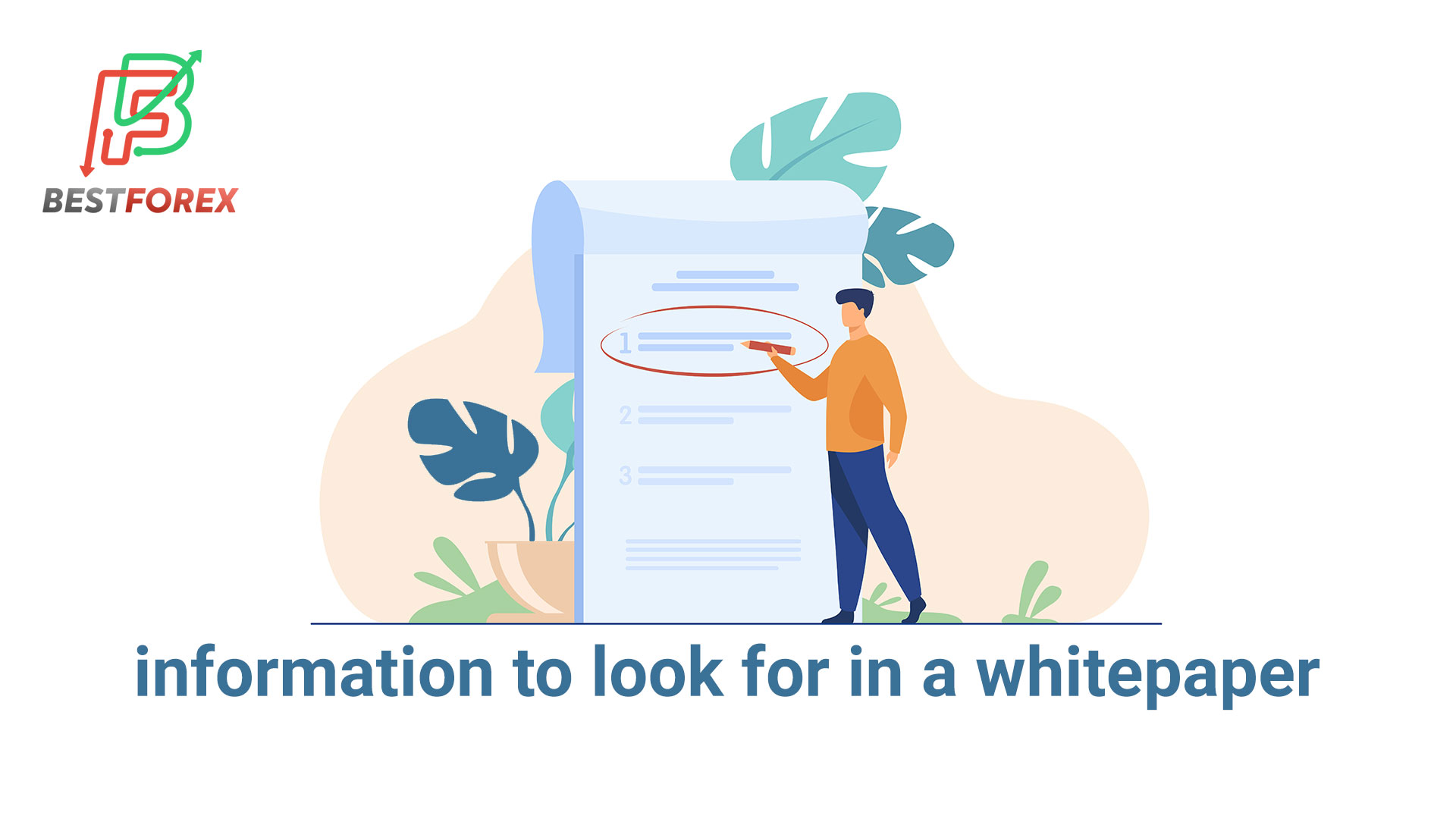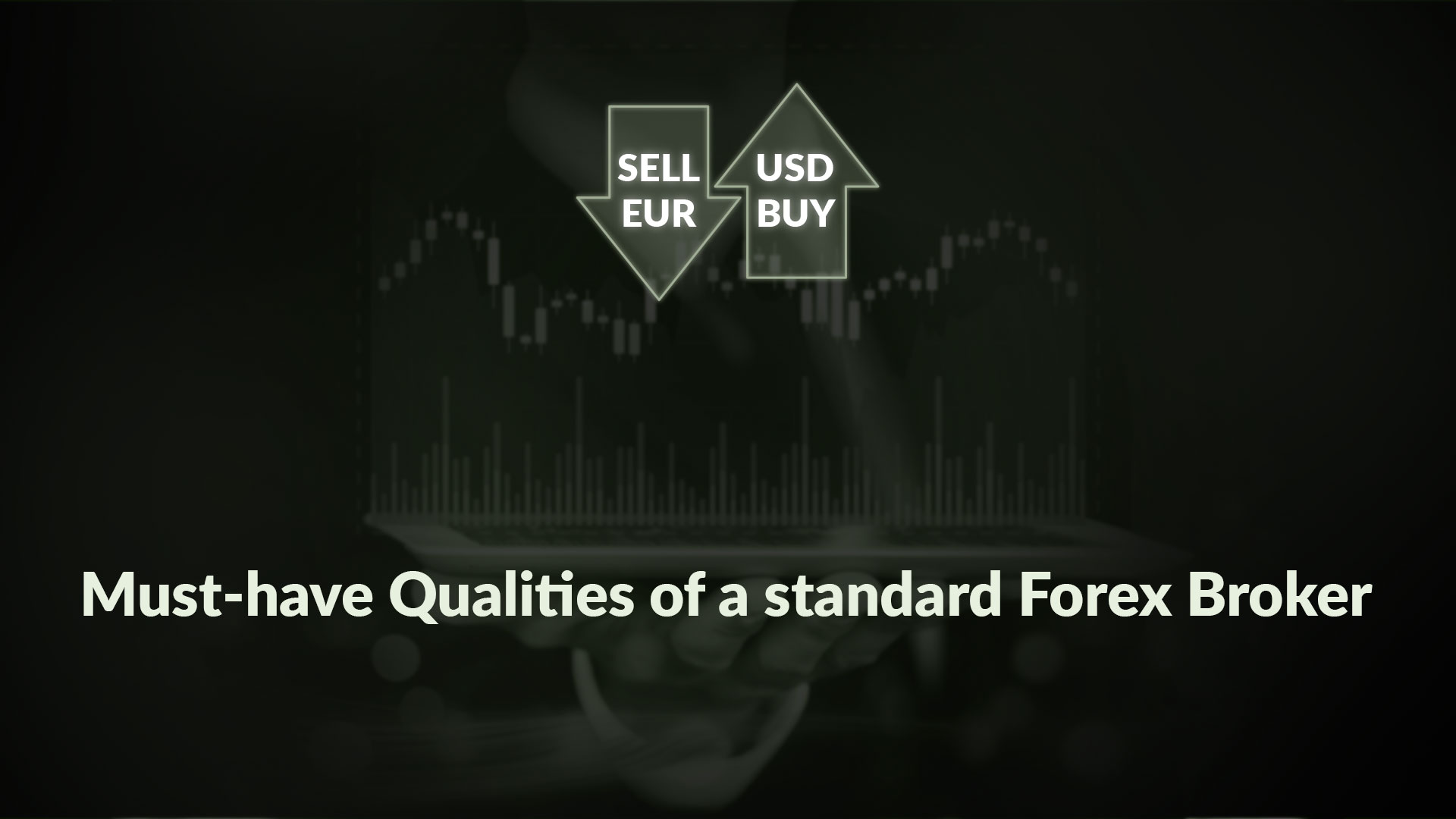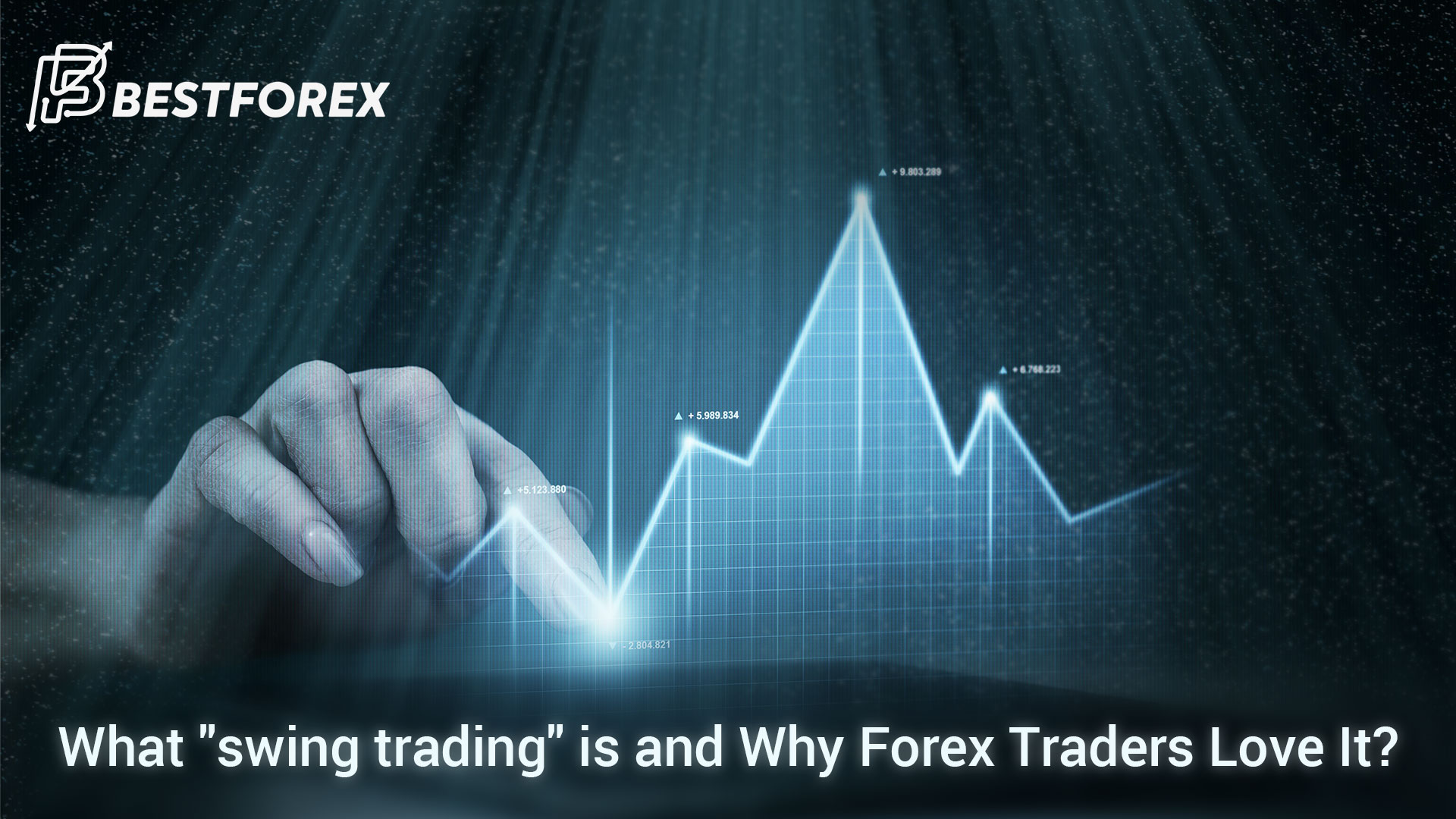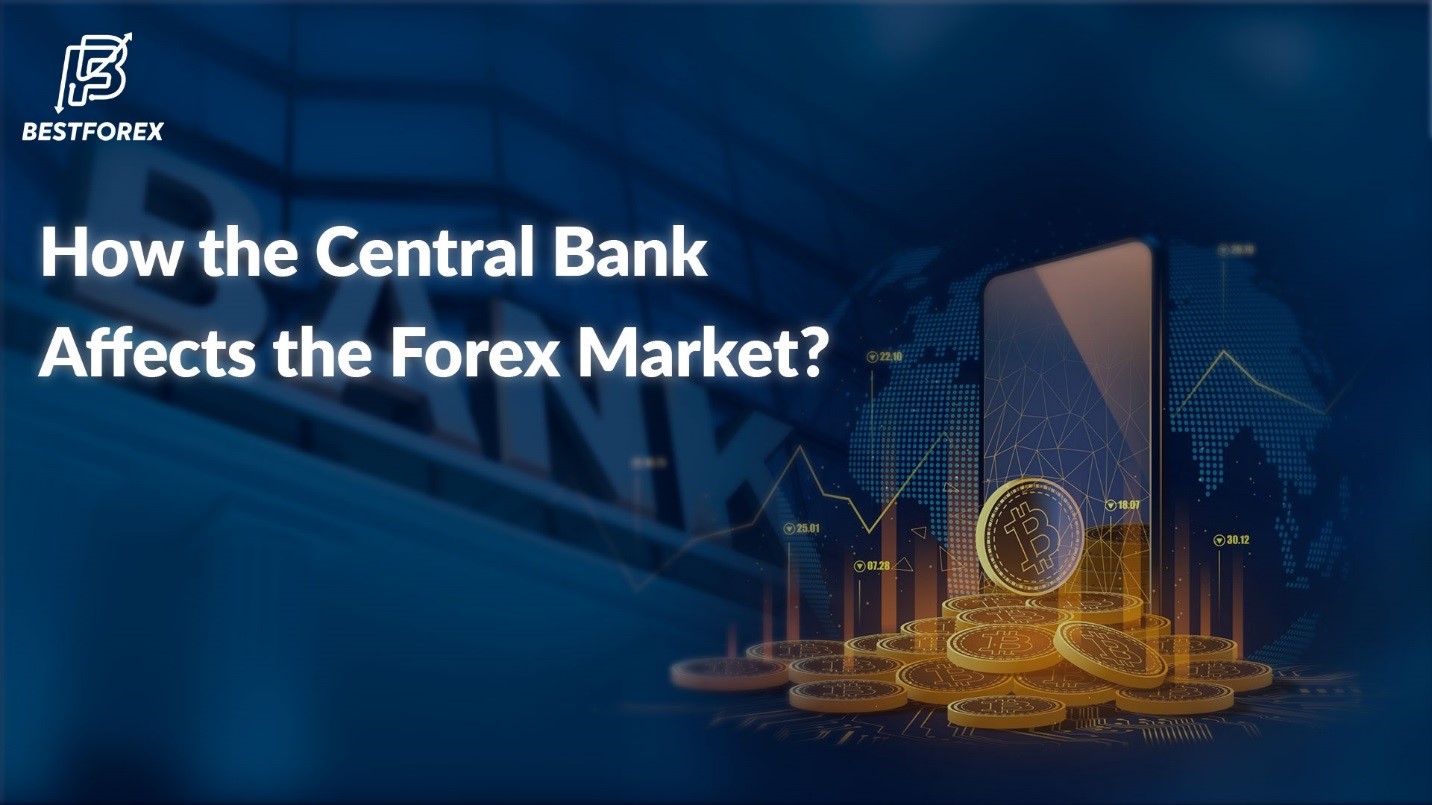
Introduction
Trading in any market always involves risk; however, the risks involved in the market have increased in the last few years due to the world’s digitalization and the transactions’ speed increase. Forex Market, the internationally recognized Foreign Exchange, is now the most profitable and active marketplace. Daily trading volume, estimated at $6.6 trillion, has increased 29% in the past five years. The guidelines explained in this article will help you to understand what forex risk management is, why it is so critical, how to calculate trading risks, and what strategies to incorporate into your trading system to avoid losses and become a successful FX trader.
What is Risk Management in the Forex market?
Forex risk management is a range of actions investors take to minimize losses. It can include market analysis, continuous monitoring, macroeconomic data analysis, emotional control, and other measures to protect capital. Higher risk means greater profits and the potential for more significant losses. Accordingly, risk management is one of the core trading skills that any trader needs to employ to become consistently profitable.
Foreign exchange risks (FX or currency risks) refer to the potential losses caused by currency fluctuations. It implies that the value of the investment may drop due to changes in the value of the involved currencies. Therefore, forex risk management is a set of actions FX traders take to mitigate uncertainty in their investment decisions and reduce losses.
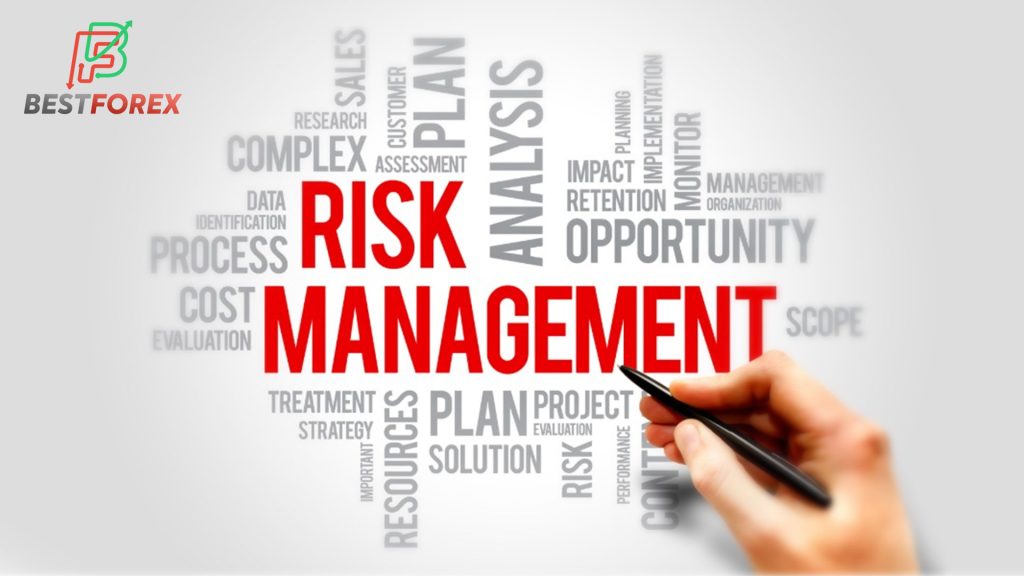
Risks and Risk Management Techniques to Deal with Them
People who begin trading on the currency market usually need help accepting that risks are always involved. The task of a trader is to minimize them. Unfortunately, some beginners need to pay more attention to risk management, so they do not succeed in trading. Therefore, they may shift to other types of business that seem safer to them.
Forex is the world’s largest financial market, so it will always carry a high level of risk. However, managing your risks in such a volatile market will be easy if you are risk-tolerant and aware of common pitfalls and trading strategies.
Risks That Traders May Face in the Forex Market
Market Risks
Due to price movements, the investment value may decrease. It can be caused by economic, geopolitical, or other global issues that influence the whole financial market. Changes in interest rates, equity price movements, and foreign exchange rate movements are typical examples of market risk.
Leverage Risks
In forex trading, Leverage allows investors to open positions that are significantly higher than their deposit amount. However, it’s a double-edged sword that can sometimes lead to losses exceeding the initial investment.
Liquidity Risks
Some currencies and trading products are more liquid than others. The faster you sell an asset at a reasonable price, the more liquid it is. Thus, liquidity risk implies that you may need help to sell your asset or currency pair at a preferable market price and achieve the initially expected profit.
Popularity Rate Risks
The popularity (interest) rate directly influences the country’s exchange rate. The higher the interest rate, the stronger the currency is and vice versa. Therefore, changes in the interest rate can have drastic effects on the foreign exchange market.
Country-Related Risks
Political and economic stability plays a crucial role in currency trading. For example, if the country doesn’t have enough reserves to ensure a fixed exchange rate, changes in it can lead to currency devaluation. This can subsequently have a significant impact on the forex trading price.
Ruining Risks
This risk refers to when investors can’t sustain a trade due to a lack of capital. With a long-term strategy, they need more risk capital in their account to withstand an asset price move against their expectations.
Causes of Loss
We described the main types of risks in the forex market so far, but it is critical to emphasize that most of them usually result from market analysis mistakes, Force Majeure, and human factor errors. Therefore, in the following lines, we will explain each cause of risks that could result in your loss in the market.
Market Analysis and Forecast Mistakes
Careful and systematic monitoring followed by appropriate decisions on its basis is a core element in determining traders’ success. Any publication of economic data, the release of the Fed’s meeting results, or meetings with other central banks affect the market. Detail-oriented investors need to keep all the details in mind to minimize risks. Unfortunately, it is tough to assess the importance of a particular piece of news correctly, so errors in market analysis and forecasts are prevalent. Here are some techniques which you can employ to reduce this kind of risk:
- Calculate the economic data in dynamics, comparing them with analysts’ expectations and past reports.
- Employ additional analytical tools such as an economic calendar and stock screeners.
- Do not blindly trust everything reported in the media, and be careful about “expert” predictions. Instead, refer to official data reported by news agencies and official resources.
Force Majeure
It can be caused by unexpected political decisions, manufactured disasters, terrorist attacks, the discovery of new minerals, the launch of a new product that hadn’t been previously announced, sudden bankruptcy, etc. Force majeure can have both immediate and long-term effects.
Human Factors
The problem of stress, lack of attention, burnout, fatigue, some character traits, etc., can affect anyone in any sphere, and trading is no exception.
Actually, many FX traders lose money in this market. Besides the poor risk management strategies, some other reasons are low start-up capital, aggressive trading behaviour, indecisive behaviour, panic, lack of monitoring, picking up only tops or bottoms, and poor planning.
If you have found yourself in such situations already, here is some Risk Management advice:

Risk Management Suggestions
- Don’t panic. If you’ve lost part of your money, remain focused and provide an immediate and well-thought-out response to minimize further losses.
- Analyze your mistakes and learn from them. Not only will you understand what happened, but it will also prevent you from losing money. Additionally, be aware that a loss may not only result from an analysis error or your psychological state; it could also be just a matter of statistics errors.
- Accept the loss. This stage will help you figure out what the actual damage is so that you can develop a strategy to deal with it and move forward.
- Recover. It takes time to recover from previous losses. So don’t be in a rush and go back slowly. If you are not confident enough to trade on a real account, you may want to use a demo account first.
Losses are always part of the forex trading experience. However, to become a better professional, you must learn from losses and consider them a way to improve your skills.
The Importance of Risk Management in Forex Trading
Making money mostly depends on risk management in trading. A trader’s success is determined by whether or not they can stay on track and succeed. Moreover, a well-organized risk management strategy is helpful for investors to feel confident in the market and takes precedence over their emotions, usually considered unwanted distractions. There are many risk management rules in trading, which also depend on the financial product you are interested in: stocks, futures, options, or forex. However, any trader should be aware of two universal techniques listed below:
Risk Tolerance (One Step Before Risk Management)
Risk tolerance is the degree of risk that an investor is ready to accept. A trader’s risk tolerance is critical to their success since violent fluctuations in the value of their investments can cause panic and lead to irrational decisions.
1% rule
The investor’s account balance is protected from risk by a daily or daily trade limit of 1%. For example, if the speculator has $10000 in his account and limits the risk to 1%, the max risk per trade or daily is $100. This practice is common among many traders since it allows them to limit the size of the risk to a particular maximum loss. Moreover, the one-per cent rule is beneficial in the long run. For example, if investors suffer from a 30% fall, they will take more time to return to their initial state than they would with a 1% drawdown.

Risk Management Strategies for Forex Trading
As we already mentioned, profitable forex trading is impossible without risk management. Nevertheless, investors can generate substantial profits by using a variety of strategies. This article has gathered the most widely useful for both novice and professional traders.
Try to Learn New Strategies about Forex, Risk Management and Trading
Successful forex trading requires continuous learning, analyzing, and monitoring. No matter your experience, there is always something new to explore. As a result, there are several articles, videos, courses, and webinars related to foreign exchange on the Internet, which you can use to enhance your knowledge.
Use Demo Accounts at the Beginning
Using demo accounts allows newbies to gain practical experience in close-to-real trading conditions and professionals to test their theories and strategies. Only the absence of risk distinguishes them from live accounts. Since they use’ fake’ money, trading demo accounts allow beginners to gain confidence without losing much capital.
Place “Stop Loss”
Stop Loss is a tool designed for forex traders to control their losses, reduce anxiety, manage risks, and become more confident. You can read our “Stop Loss” article to learn more about its benefits and techniques.
Opposite Order
Even though opposite trading may seem unreasonably risky, it can be a valuable method for managing forex risk. However, it’s crucial to have a thorough plan that will keep your risks small by default. This strategy is also known as “Hedging”, which will be explained more specifically in our upcoming articles.
Determine Your Position Size
Many traders implement stop-loss orders but forget about their position size. Forex trading implies using Leverage which can lead to drastic consequences with a wrong-selected lot size. Appropriately chosen position sizes will minimize risks and significantly increase profit opportunities. There are various methods to determine the position size, but the most common is 1% of the capital.
In the 1% strategy, traders involve a percentage of their balance in which they lose a maximum1% of the whole balance if their “Stop Loss” gets touched.
Set Take-Profit Point (TP)
Another pre-calculated price level traders use to reduce risk is the take-profit level. Take-profits allow a trader to sell an asset at a profit, while stop-losses enable investors to avoid further losses. For instance, if the asset reaches a strong (major) resistance level after moving upwards, investors may want to sell it before the consolidation period.
Have a Risk to Reward Ratio
A forex risk-to-reward ratio is a way to evaluate every trade regarding risk and reward and enter only those in which the reward is worth the risk. For example, if your risk-to-reward ratio is 1:4, you will place only those trades in which the potential gain is four times more than the possible loss. For instance, if you open a trade worth $100, your estimated potential return should be $400. Having a forex risk-to-reward ratio in mind helps you to be profitable in the long term, even if some trades go against your prediction. This is because your profitable trades will be worth four times your failed trades.
According to your Risk to Reward plan, you can switch to another pair if you don’t see a potential upside in a forex pair that is worth it. Again, this helps you use your capital in the best possible pair.
Control the Leverage
Leverage is when you borrow funds from the broker to open a position. Using your funds in your trading account helps you gain more exposure than you would have. However, it’s important to remember that while “Leverage” can double your profit, it can also double your losses. That’s why Leverage is called a multiple edge sword. One of the main reasons trading CFDs is so attractive for traders is because they can use high Leverage on their orders. However, it is better not to use or use low Leverage levels if you are still learning or new to this market.
Final Words
Risk is inevitable when trading in the forex market. It can be higher or lower, according to the person’s character and ability to accept risk. However, it’s impossible to avoid it. Therefore, a key element in becoming a successful trader is an effective risk management strategy that will give you better control over your profits and losses.
Resources

